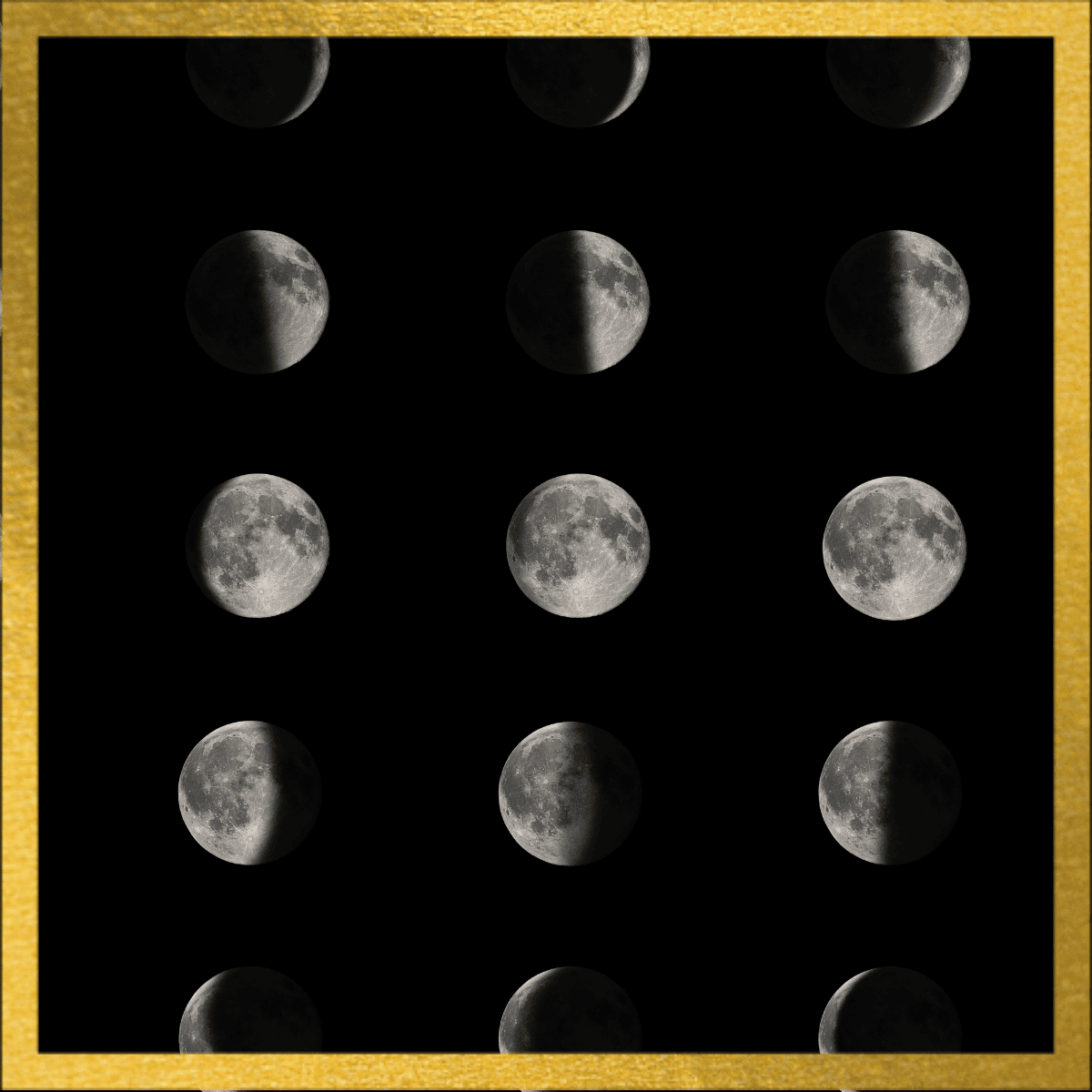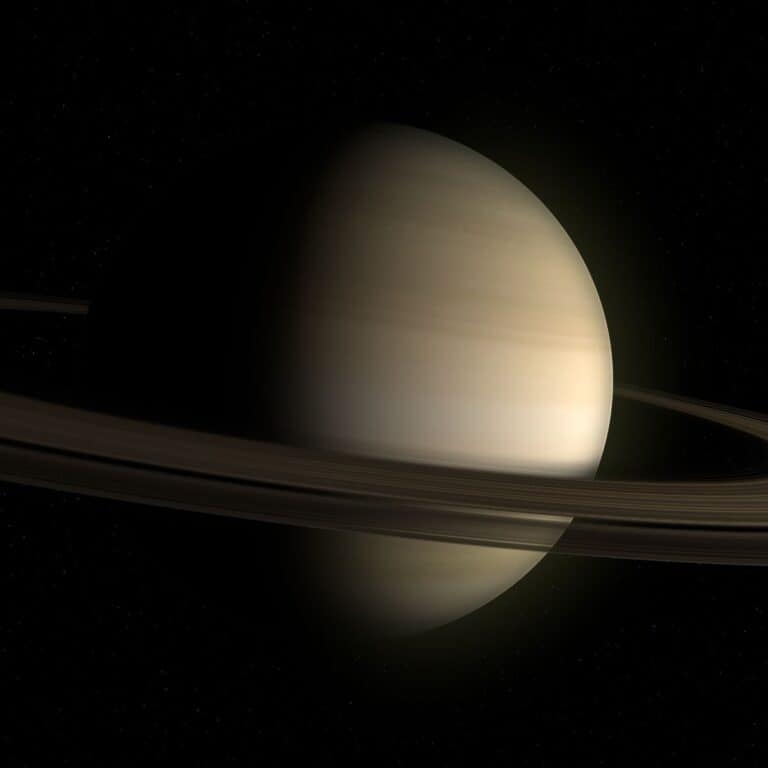Your Progressed Lunation Cycle
Just as your natal moon symbolizes your inner world, the progressed moon cycle offers insights into the current phase of your life experiences. The art of predictive astrology brings attention to the secondary progressions of your natal planets. It allows you to pinpoint key turning points in various areas of life.
Understanding your current phase in the progressed lunation cycle can provide valuable insights into your comfort zone, high energy levels, and even the opportune time for a fresh start or new relationship beginning.

Understanding the Progressed Lunation Cycle
The progression of the moon and progressed sun in your progressed chart determines your progressed lunation cycle. Each lunar phase lasts about three and a half years.
Depending on your natal moon’s zodiac sign and house position in the astrology chart, the impact of each phase may differ.
The New Moon Phase
When your progressed moon conjuncts your progressed sun, you’re in the progressed new moon phase. This is often a turning point, indicating new projects or even a new life. It’s an excellent period to step out of your comfort zone.
Any relationship, whether a first marriage or a new job, that begins now carries the energy of new beginnings. It will likely reach a culmination around your progressed full moon.
The Crescent Phase
As your progressed moon moves into the next angular house, you enter the crescent phase. Around this second year of the cycle, it is a good time to commit to the changes initiated during your progressed new moon.
Your high energy levels are conducive to learning and adapting in various ways, especially in relationships.
First Quarter
During this phase, often known as the crisis of action, you may find yourself at a crossroads.
Whether it’s a shadow work period or a time to assert yourself. It’s a high-energy interval where the moon waxes, calling for action in all life experiences, particularly in your 7th house of relationships.

Gibbous Phase
Your progressed moon advances further, signaling the gibbous phase. This is a perfect time for fine-tuning your life paths and spiritual growth.
It offers an opportune time to harmonize with the needs of others, perhaps revising the rules of a current relationship.
Progressed Full Moon
When your progressed moon opposes your progressed sun, you’re in the full moon phase.
This is a moment of revelation. It’s often a great time to reap the benefits of the hard work done in the previous years. Relationships that have flourished will now play a significant role in your inner world. It signals a completion or an important milestone.

Disseminating Phase
As the moon’s passage moves it behind your progressed sun, this phase kicks in.
It’s a great time to share wisdom or even meet a new partner, aligning well with the energy levels of the 10th and 11th houses.
Last Quarter Phase
Your progressed moon enters your 12th house, signaling a time for reevaluation.
The last quarter phase offers a period to tie up loose ends. Perhaps offering you a long time to reflect on your life experiences and make critical adjustments.

Balsamic Phase
As your progressed balsamic moon comes into play, you’ll likely find yourself at a low point, yet one ripe for spiritual growth.
It’s a period for ending cycles and preparing for your next new moon, creating space for new life experiences.

Closing Notes
Whether you’re a newcomer to the art of predictive astrology or someone who regularly reviews their transit and progressed charts, understanding the progressed lunation cycle can offer valuable insights.
From the new life that springs forth during your New Moon to the reflective shadow work in your Last Quarter, each phase serves as a spiritual checkpoint, calling for real-time adjustments based on your natal aspects and current experiences.
By understanding these cycles, you get to explore your inner world in real time and prepare yourself for future cycles, making the most of every number of days in your life’s journey.





